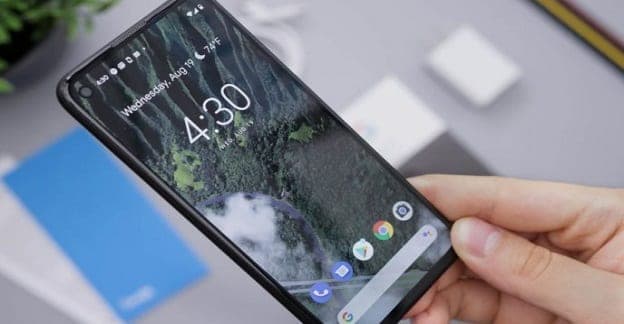
Most people rely heavily on their phones for day to day operations. Whether scrolling social media or answering work emails on the go, we need our phones to be functioning properly. When phones do not function properly it may seem like it is game over. Luckily, there are a few things carriers and Original Equipment Manufacturers (OEMs) can do to restore mobile devices. In this article we will explore what mobile device flashing is, the benefits of mobile device flashing for an Android device, and flashing for in-store display devices.
Defining Mobile Device Flashing
Mobile device flashing is the process of reprogramming a phone or device to work with another carrier. Carriers often lock devices so that they only function underneath their specific network. Flashing devices can also change the operating system of the phone.
Mobile device flashing can be done by an authorized carrier, OEM, or third party solutions provider. Phone flashing is often done to prepare a carrier or OEM’s device for sale in a retail store.
Full Flash v.s Partial Flash
Performing a full flash on a mobile device will change a device’s operating system. During this process a mobile device’s data will be erased. If there is any data that needs to be saved, it is a good idea to backup the phone before going ahead with the full flash. A partial flash is when a mobile device is rewired to connect to a different carrier.
Mobile Device Flashing for Androids
For Android phones, flashing may be needed if the device is “dead,” or, in other words, the Android device will not turn on or charge even when plugged in. If the device does not power up or display the device’s logo when connected to a charger, it may be a sign that the device needs to be flashed.
There are a variety of different certified and authorized mobile device retailers who can perform flashing services. Flashing may fix a “dead” mobile device by updating or reprogramming the phone.
Flashing for Display Devices
Typically, when a new mobile device is getting ready to hit stores, in-store display devices need to be flashed and tested for quality assurance. Many carriers and OEMs utilize a third party solutions provider to flash the display devices for store mode as well as test devices before they go to market as part of the mobile device lifecycle management. It is important that this process is done by professionals in a secure environment to avoid any tampering or fraudulent activities, ensuring secure devices reach consumers in a timely manner.
Conclusion
Carriers and OEMs need to flash mobile devices for a variety of reasons. Whether performing a full flash or partial flash, it is important that the mobile device flashing process is done properly for security and quality assurance purposes.


